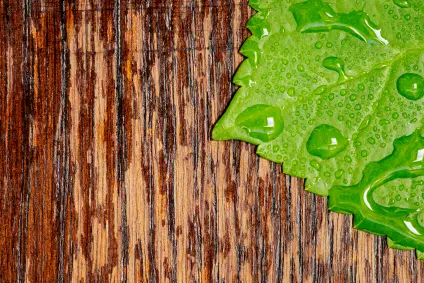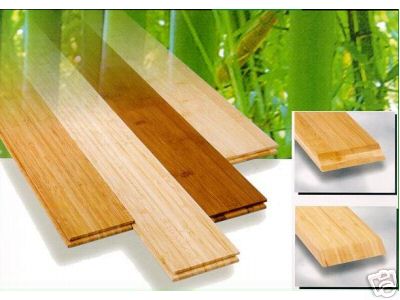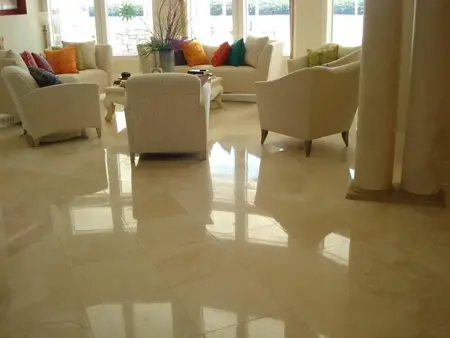
In our previous post, we discussed the harmful elements in some flooring products like VOCs. In this third installment, we’ll take a look a some common flooring solutions and why they are considered eco-friendly.
In recent years, as the rising awareness in preserving the environment and our natural resources gained popular advocacy and support, words like sustainability, renewable resources and reusable materials have become buzzwords that everybody in different social and industrial circles are talking about – some out of genuine concern and others simply out of the publicity.

These days however, this is hardly the case with the recent development in media and improvements in communication, more and more people are becoming genuinely concerned with the environment. Some if not most of us have made an active commitment to use materials or products that does as little or maybe even zero damage to the environment. Most of us are also trying to make intelligent choices when it comes to products used in our homes and the establishments we run or own.
Below is a list of some environment-friendly flooring solution:
Hardwood Flooring. Yes, you read that one correct. Hardwood flooring can be considered as an eco-friendly flooring choice for a number of reasons. The top reason is: its natural durability combined with proper care can make hardwood last for over a hundred years.

When you get hardwood installed in your home, you can have it treated and refinished again and again and when your grand kids have gone tired of seeing the same floor again and decides to take it out, the wood can be re-used and re-purposed in the same manner that re-claimed woods are such a hot commodity these days, people are willing to splurge for vintaged wood products.
Linoleum. One of my personal favorite flooring material is linoleum. What most people don’t know is that its a truly green flooring material – made from renewable and biodegradable resource unlike vinyl which is made up mainly of PVC compound.

In recent years linoleum have slowly gotten a well-deserved revival. In general it is manufactured the way its been since it was invented with basically the same components and with modern renovations on the product, it has become more marketable and consumer friendly.
Bamboo. This is an ancient material that has displayed versatility and resiliency for several centuries. Highly durable, ancient civilizations have used bamboo in different ways from education, medicine, construction, arts and weapons.

The trick part about buying bamboo though is ensuring that it was produced with the least chemical emission or environmental damage. One thing to keep in mind when buying this flooring type is to check out the manufacturer and importer of the product.
Cork. Another product that has stood the test of resiliency is cork. This is another material that came from a highly sustainable resource. Hypoallergenic, low on maintenance, a great sound insulator and soft to touch, this is an ideal alternative to traditional carpets.

One thing to watch out for when getting this type of product is the finish, the underlay and the adhesive that will be used because it might contain toxic chemicals.
Natural Stones. Natural stone flooring like granite, marble, slate or travertine are environmentally sound choices since they come from natural resources. Since they are a bit pricey, home or establishment owners look at them as long term investments. Natural stones are not only durable, they can also be exquisitely stunning and they definitely add value to the property.

As I mentioned in the first part of this series, being green doesn’t end with buying green. Being environmentally conscious involves a constant checking and a continuing commitment to reduce one’s own carbon footprint.

